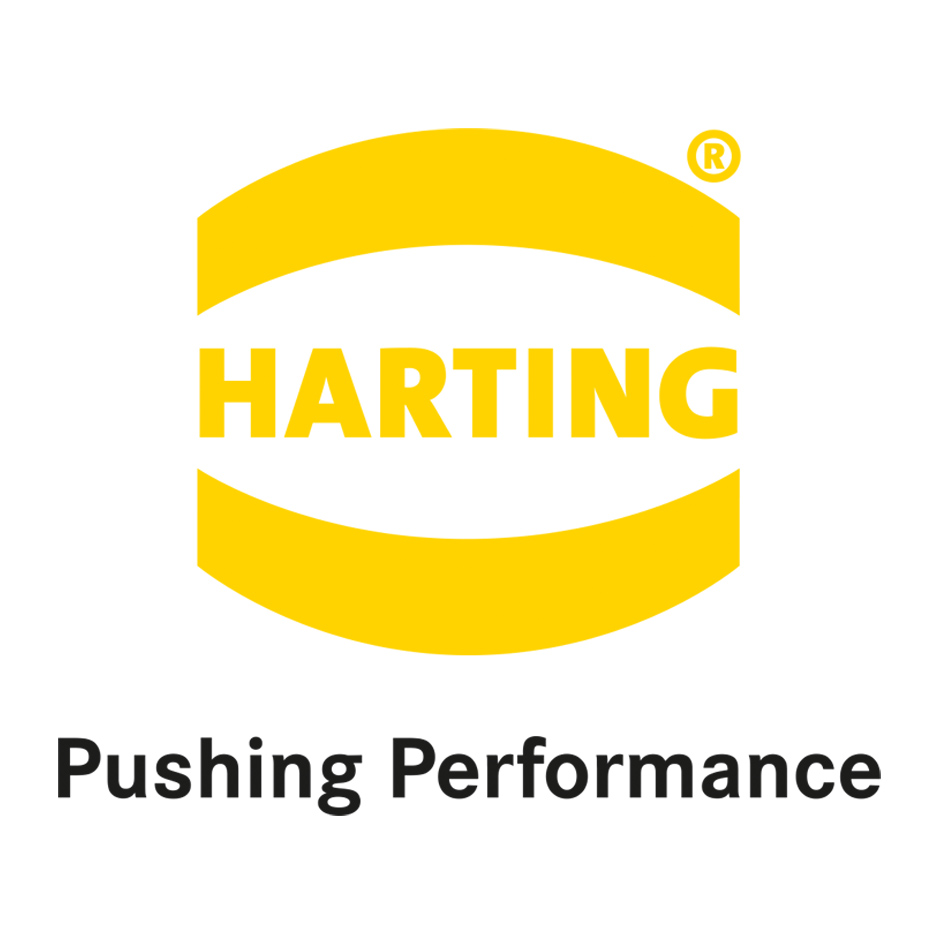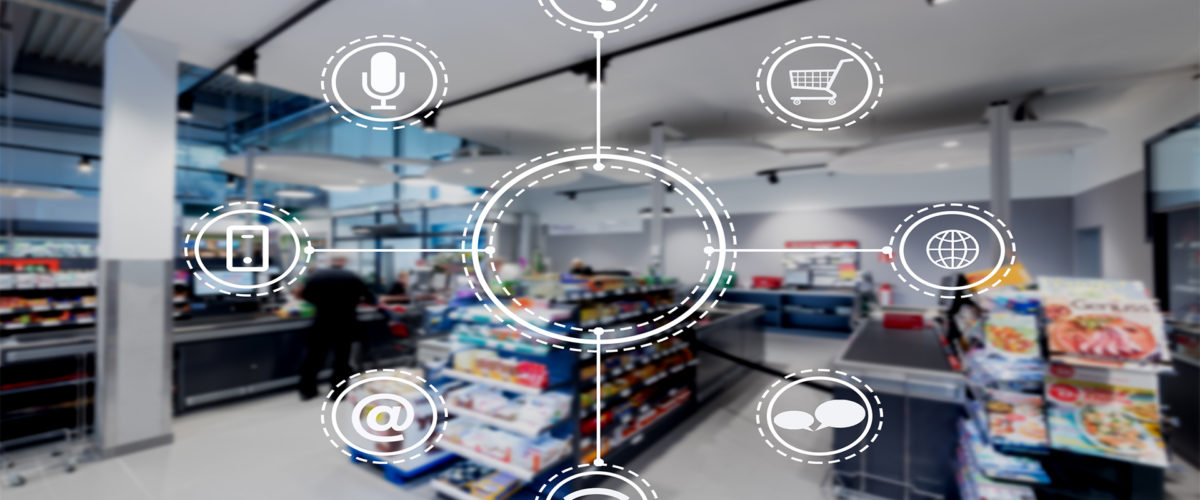Digitalisation in the food trade
Using a few examples, we show what currently is technically feasible.
Augmented Reality (AR): Even the younger generation know AR i.e. the hunt for Pokemons on the street with their mobile phones. These virtual images are inserted into the real environment. Practical is e.g. an app for vegans or people with allergies. One product or even the entire shelf is scanned and with the help of AR feedback, all suitable products are immediately displayed in separate colours on the smartphone.
Beacons: Small transmitter stations built into the shelving send audio-less location information, which is recorded by the Bluetooth receivers of the smartphones. In addition to individual offers that customers receive on their mobile phones, you can also find out how long they have been in the establishment and pring suitable shopping vouchers on the receipt, for example:, if they have not bought an item from their route despite interest.
Cameras: Can detect which product has been removed from the shelf and debit the purchase value from the account when leaving the shop.
Cash register control: Based on artificial intelligence, the system uses sensors and past data to detect when queues at the cash desks are becoming longer. This ensures that cash desks are occupied in good time before people are agitated standing there.
Cashless markets: Registered customers have access to the market. Cameras record the withdrawals as well as the deferral and automatically debit of the customers account.
Check-out-with-me: Store personnel walking around the market with a portable scanner and payment unit allowing checkout at flexible locations.
Click & Collect, Locker Stations, Pack Stations: Select and pay for goods via the Internet, have them delivered to a Pack point (usually directly on the market) and can be picked up later. These are usually in 3 temperature zones: normal, refrigerated or frozen.
Consulting robots: Robots that travel around the establishments and can be approached when help is required.
Delivery service: Selected goods via the Internet can be sent to a private address.
Drones: Vehicles that fly off the shelves at night and track down gaps in the shelves.
ePusher: A shelf feeding systems that capture inventory and help avoid vacancies
Shopping carts, intelligent: These can be tracked with GPS if a cart is too far away from the establishment. But they also show which route customers take with their shopping cart through the market and where stops are made.
ESL: Electronic Shelf Label, these are mostly battery-operated shelf labels, comes with colored lettering and special functions
Facial recognition systems: allow the age and gender of customers to be facially recognized so that in order to simulate suitable advertising or to allow age permitted shopping (not yet allowed in Germany).
Girocard: the only payment system used in Germany that simultaneously allows proof of age and payment process
Glasses: For example, the name of the customer is displayed to the sales staff so that they can be greeted by name.
Hand-held scanner: When entering the shop, remove the scanner from the charging station, scan the products and have the scanner read and pay at the exit.
Item finder: Your mobile phone or shopping cart guide you directly to the shelf via GPS. So you can find the articles you want even in large establishments.
Kiosk system: A selection or articles or an unavailable promotional article, from the online shop at a terminal within the store, pay at the checkout and have the item delivered to an address.
LED lights: The light can send data to intelligent price labels, invisible to the eye, without the need for special antennas.
LED light: Specially matched light colours make vegetables look fresh for longer and meat does not darken so quickly.
Mobile Scan & Pay: Goods are scanned when shopping with a mobile phone and paid for at a payment station at the exit.
Shelves, intelligent: The inventory is tracked by using ePushers and weighing equipment.
Self-scanning: When goods are placed in the shopping cart, they are scanned by the customer via a mobile phone, a hand scanner or an intelligent shopping cart and paid for by the customer in the checkout area. Alternatively, the customer scans his goods at the checkout terminals in the cashier area (self-checkout).
Tunnel scanner: The customer places the goods as before on the goods conveyor belt, but instead of a cashier, the goods are transported through a tunnel and scanned.








